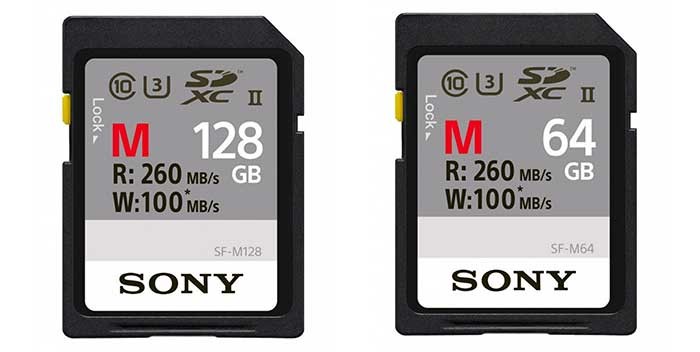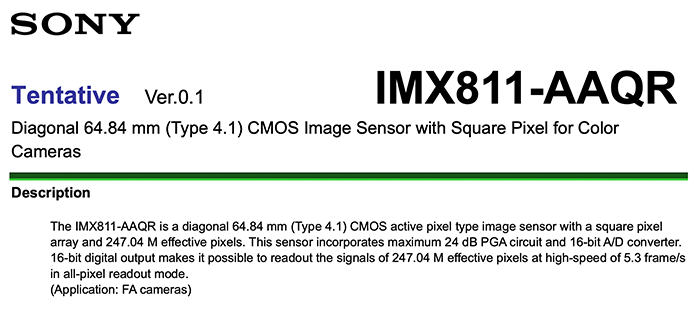Sony launches new XQD and SD cards (and says they are made for the Nikon D5)

Sony announced new XQD and SD cards. And before we talk about those there is an interesting note on the press text:
“In addition to the new XQD-M series, Sony offers XQD-G series which is able to record up to 200 frames in continuous burst shooting with the latest high-speed cameras including models like Nikon’s D5*.
*(FX format 14bit lossless compressed RAW mode. For details, visit http://imaging.nikon.com/lineup/dslr/index.htm)“
Means of course that Sony was well aware of the Nikon D5 launch and probably even made the sensor for the camera?
And now to the new cards press text:
Park Ridge, N.J., January 6, 2016 – Sony is expanding its lineup of memory card options for professionals to include newer and faster XQD and SD media, as well as card readers for the XQD and SD formats, and an XQD USB adapter, all designed to support the latest high-performance DSLR cameras like Nikon D5 or D500.
Sony’s newest SD cards, SF-M series, are UHS-II supported cards optimized for digital imaging devices including professional, DSLR and mirrorless cameras. With high-speeds up to 260MB/s (read) and 100MB/s (write), SF-M series contributes quick data transfer to and from a PC with Sony’s new UHS-II supporting card reader, which maximizes SF-M series’ performance.
Both new media offerings are extremely dependable and durable, dust-proof, X-Ray proof, anti-static and magnet proof to protect the most sensitive photo and video content. Downloadable File Rescue Software aids in the recovery of photos and videos that may have been deleted, including RAW images, MOV files and 4K XAVC-S video files.
“As digital imaging cameras become more advanced, capturing larger high resolution files, the demand increases for faster and more efficient ways to manage photo and video data, giving shooters peace of mind they’ll never miss a critical shot,” said Darin Scott, President of Sony’s AMEG, Americas Media and Energy Group. “These latest media options allow files to be transferred and backed up even more seamlessly and efficiently, offering users the flexibility and convenience to embrace workflows that frequently require the need for content in real-time.”



